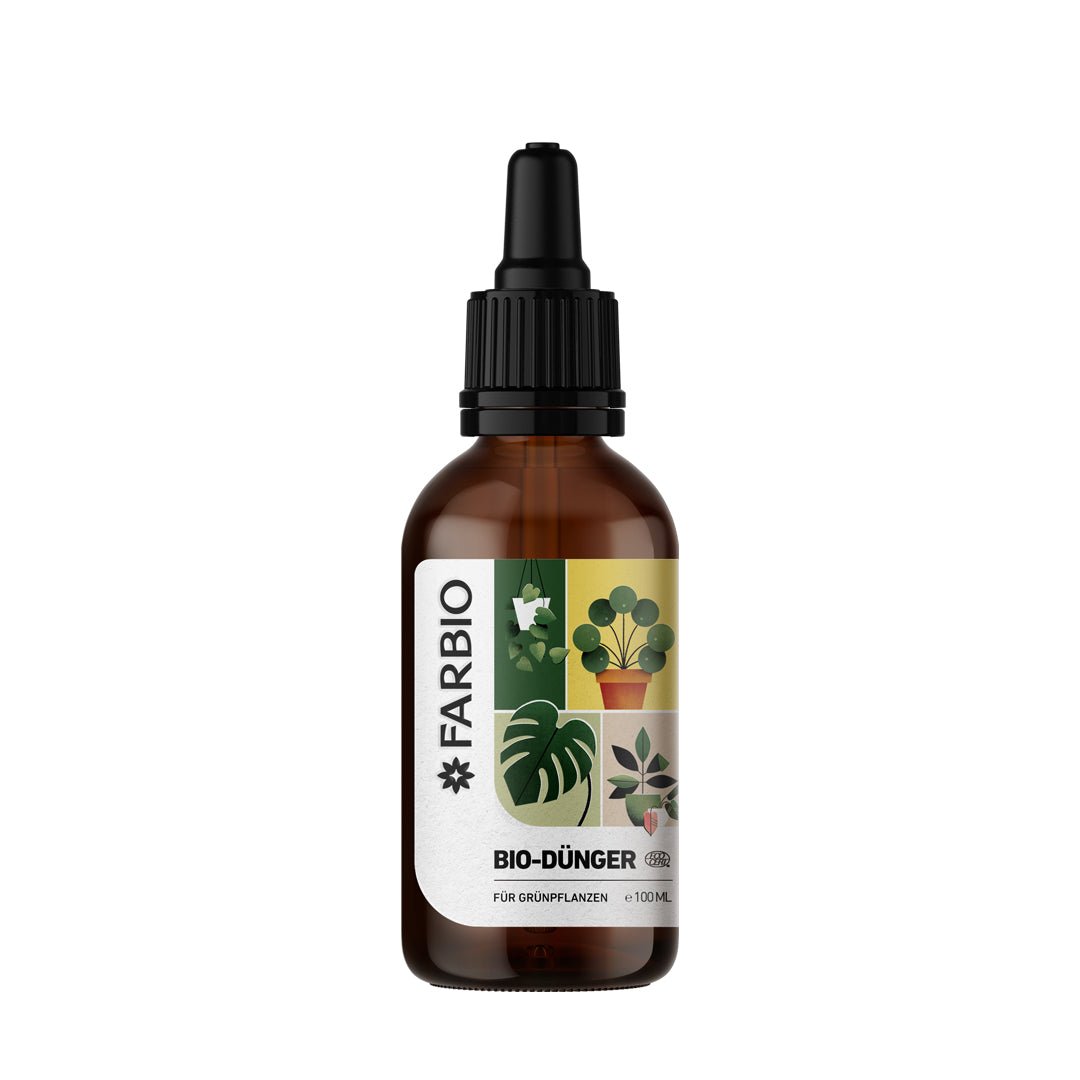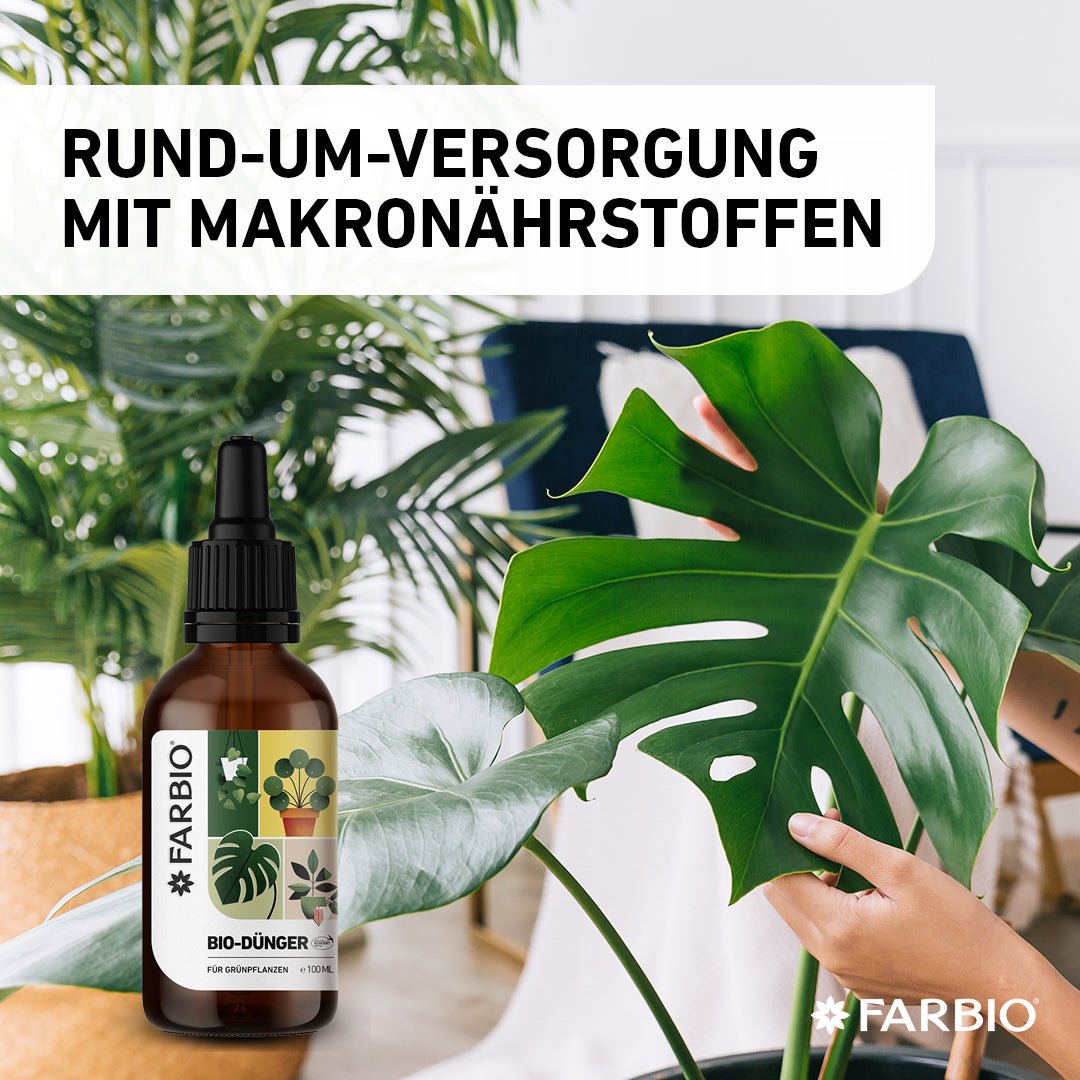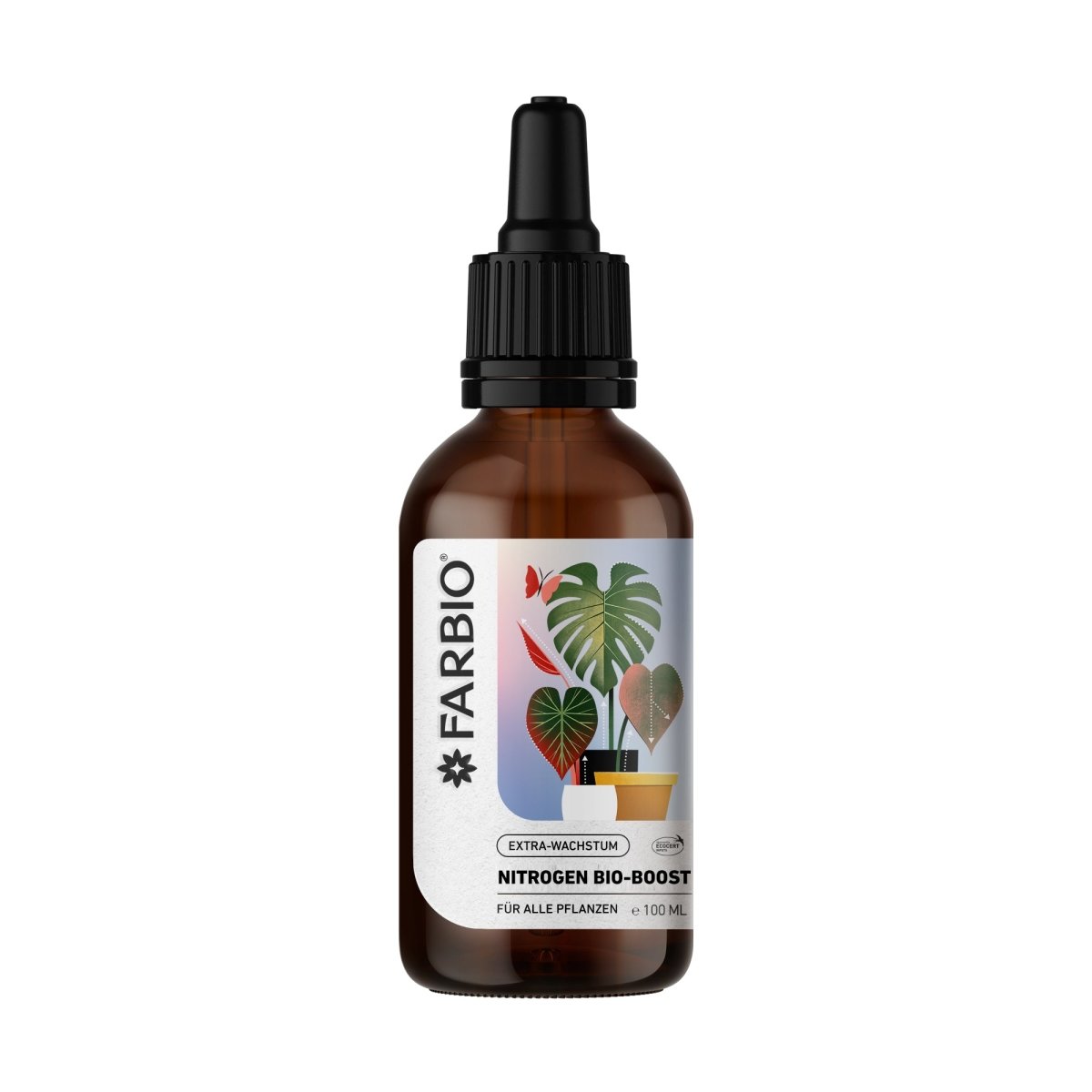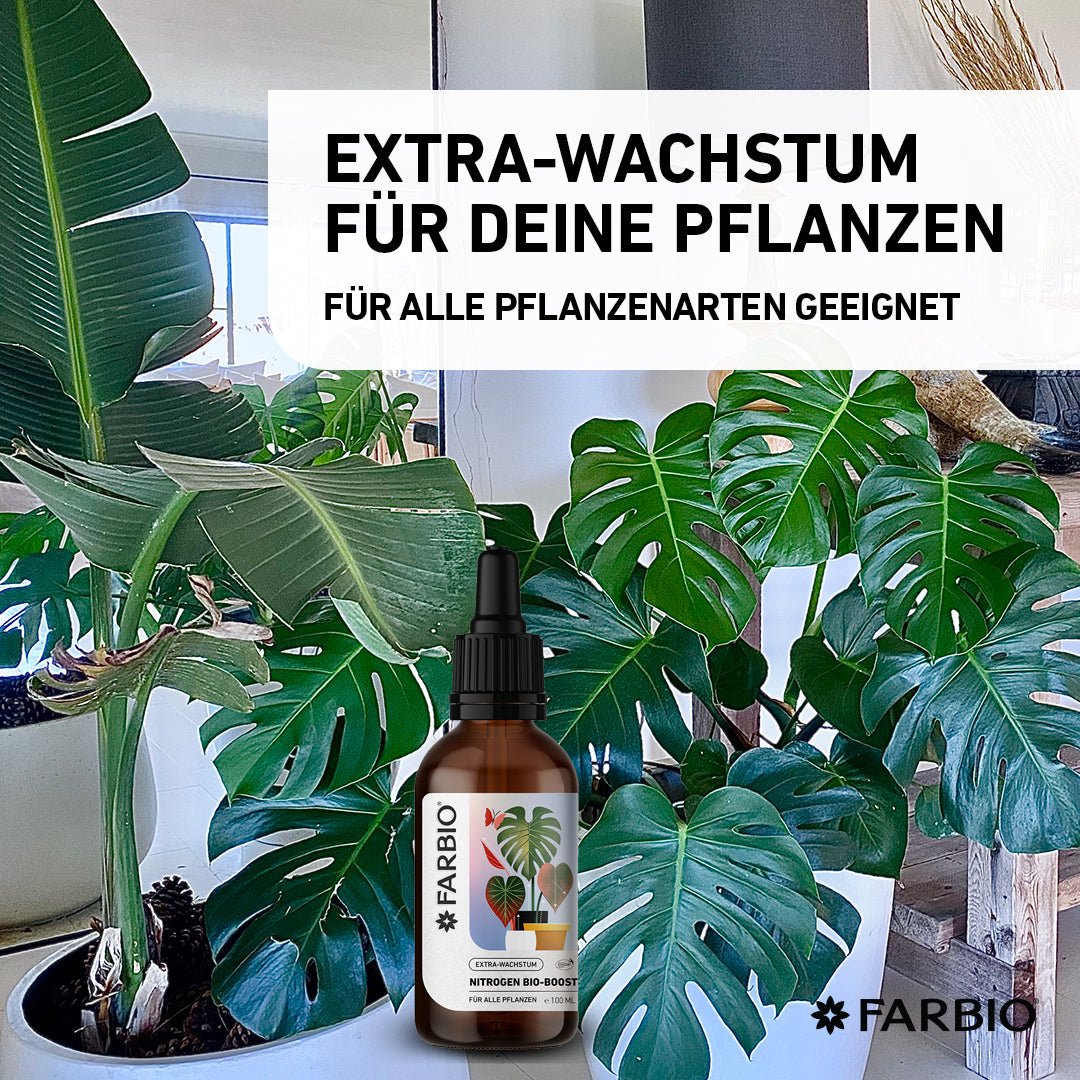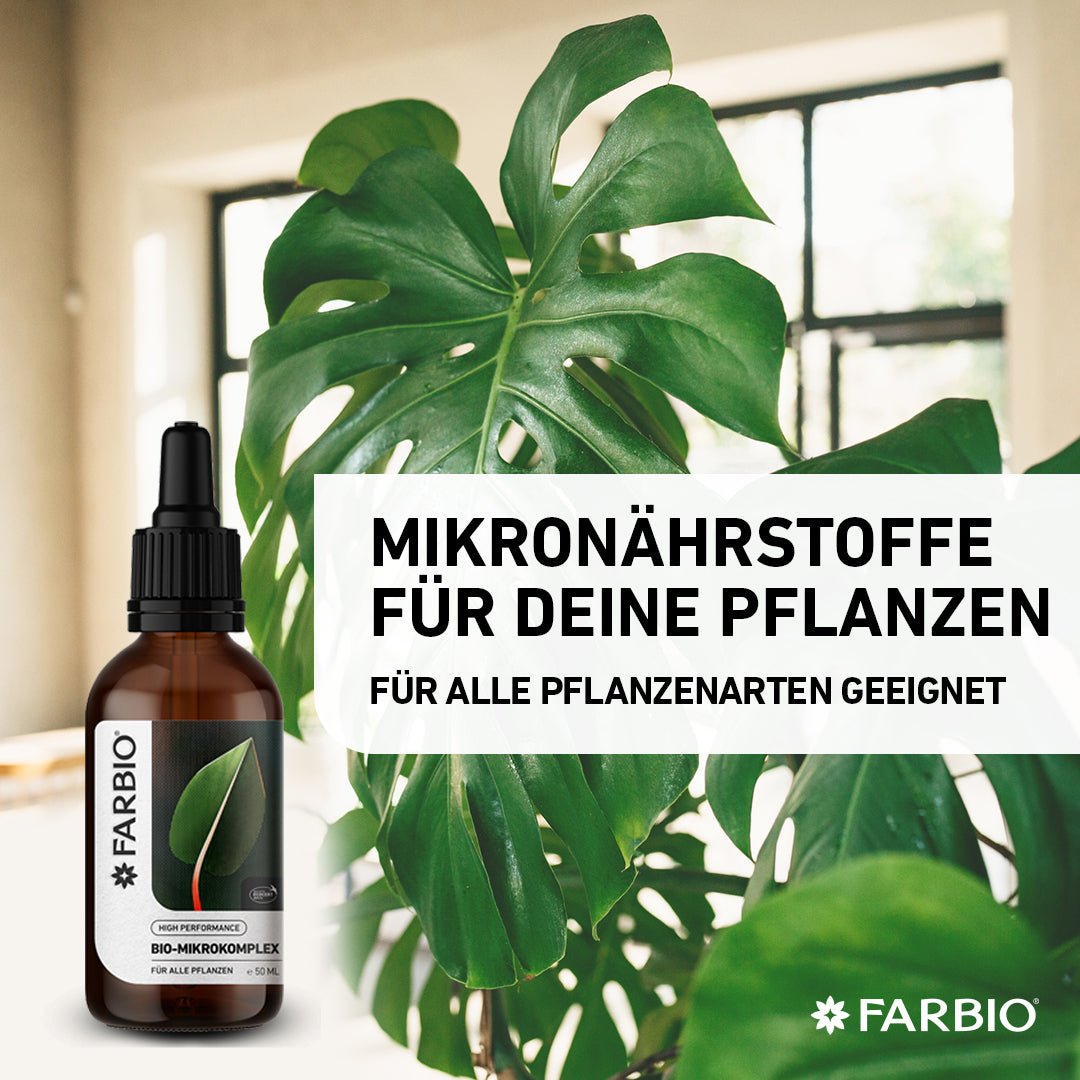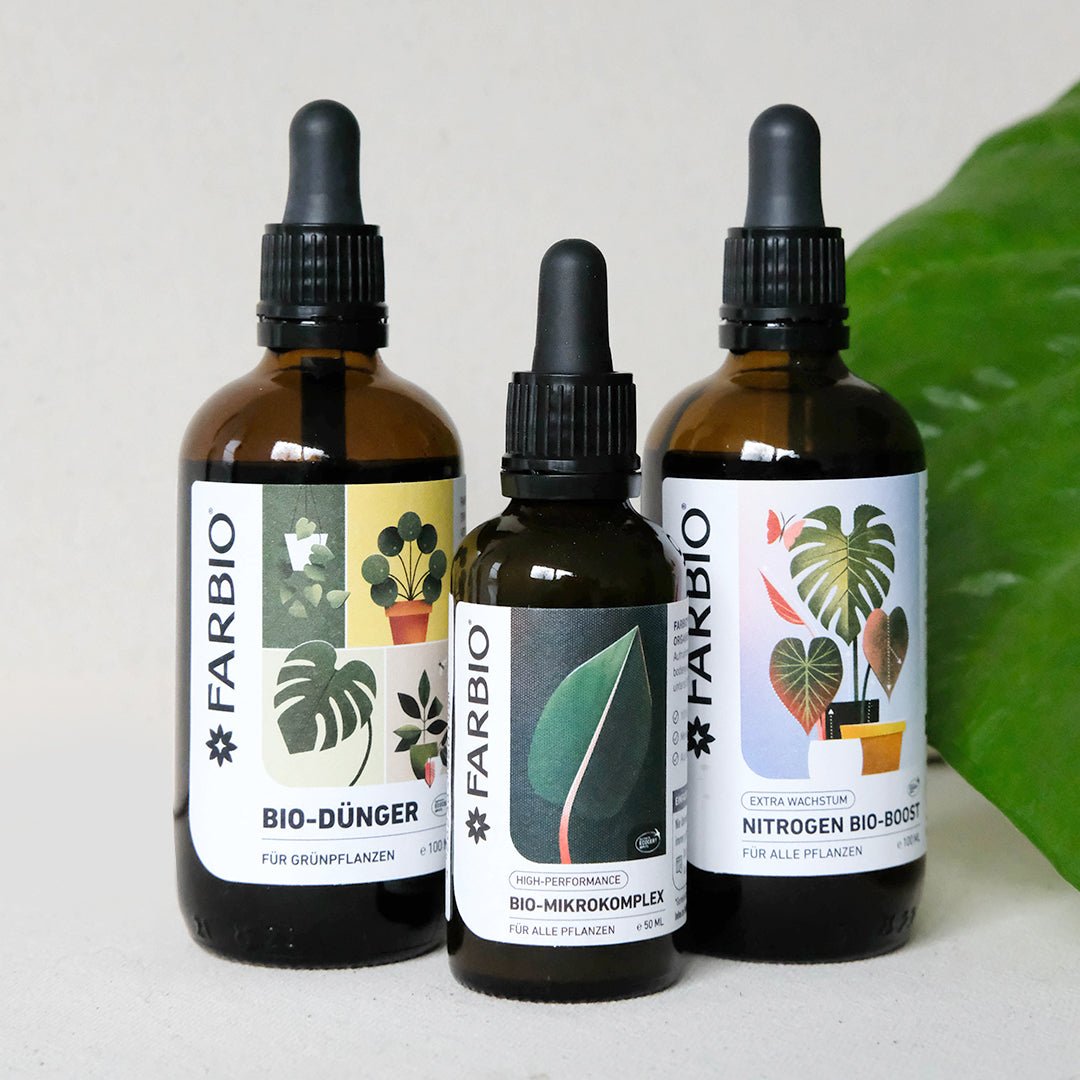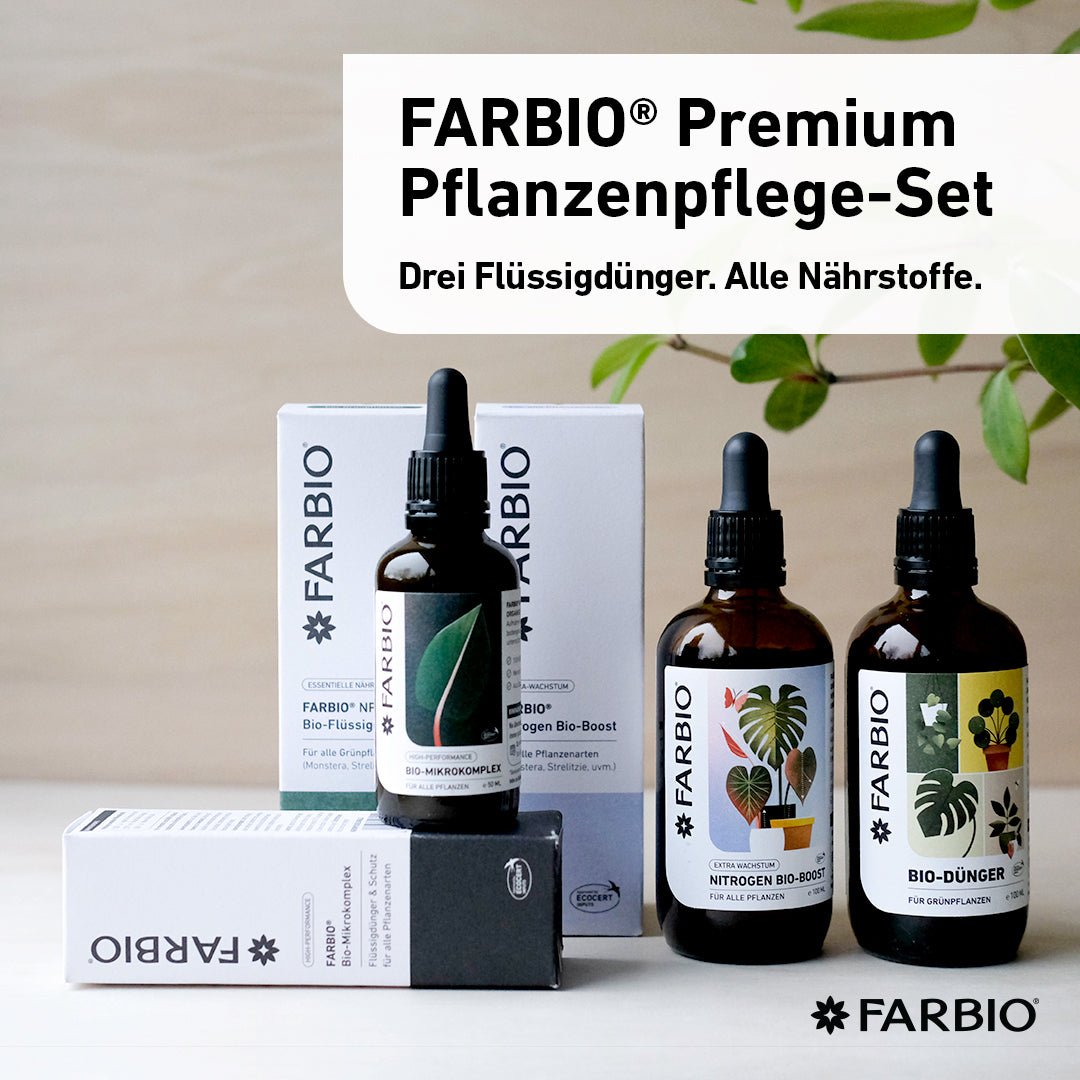You can find out everything you need to know about watering houseplants in this article. From water requirements to alternative methods of properly watering plants. The basic rule is: always make sure that the plant's pot has drainage holes at the bottom to allow water to drain away and to avoid constant moisture in the soil, which can lead to root rot.
When and how often do you have to water houseplants?
One of the most common causes of houseplant death is overwatering, which leads to waterlogging and root rot. You can find out more about this here.
Our general advice is therefore: It is better to water your houseplants less rather than more in order to avoid root rot.
Does your plant get brown tips even though you have watered it enough? This is no reason to panic. It's just the humidity isn't high enough. Simply help by regularly spraying the leaves of your plant with water from a spray bottle .
Know your plant really well
It is important to note that the individual water needs of houseplants can vary depending on lighting conditions, ambient temperature and time of year. You should consider the specific needs of each plant and adjust watering accordingly. There are two primary types: the dry type and the wet type. But also many plants whose needs lie somewhere in between!
Dry type plants include cacti and succulents (e.g. aloe vera and echeveria). They like dry soil and don't need to be watered as often. Once or twice a month may be enough depending on the room temperature. They are easy to care for and ideal for beginners.

Once the soil dries out, wet-type houseplants will need water over the next few days. Most plants from the tropics behave like this, for example the single leaf or the ficus.

You can also water from below
Although top watering is still the common method, bottom watering is more consistent, less prone to overwatering, and has no risk of leaching nutrients. It also ensures that the water actually reaches the roots. And how does that work exactly?

Tips for correct watering from below
Water your plants over a saucer: The plants or the soil then suck up the water via the capillary effect - this virtually eliminates overwatering. Using the same principle, you can also water your plants in a bowl, a large container, in the sink or in the bathtub. Fill the bottom of the container with a few inches of fresh water. Place your plant pots inside and let them absorb water for a period of time. The advantage: You can care for several plants at the same time.
From March to October you should add liquid fertilizer to the water every two weeks to promote plant growth. Once a month from November to February.

This is how you can prevent waterlogging
- To determine if the soil inside is still moist, insert a finger (or a toothpick) into the top 2 cm of the substrate. If it sticks, it is moist.
- As a rule of thumb, you should water more often in the warm summer months. In winter, houseplants need little water.
- Expanded clay or gravel as the first layer in the pot of houseplants has several advantages: It promotes better drainage by preventing water from collecting at the bottom of the pot. This is especially important to prevent root rot and other problems that can arise from too much water. It is also important to create cavities for air circulation, as the roots of houseplants need oxygen.
There are more tips for plant beginners in this video!
Watering houseplants: This is how it works on vacation
If you didn't take the proper precautions to care for your houseplants before your vacation, you may find your beloved plants in poor condition when you return home. A big mistake is to overwater the plants before leaving. Not all plants can tolerate heavy watering and the result is often waterlogging and a stunted plant. But what options are there to provide plants with enough water while on vacation?

We'll introduce you to various tricks here, including using a plastic bottle, casting cord or clay.



